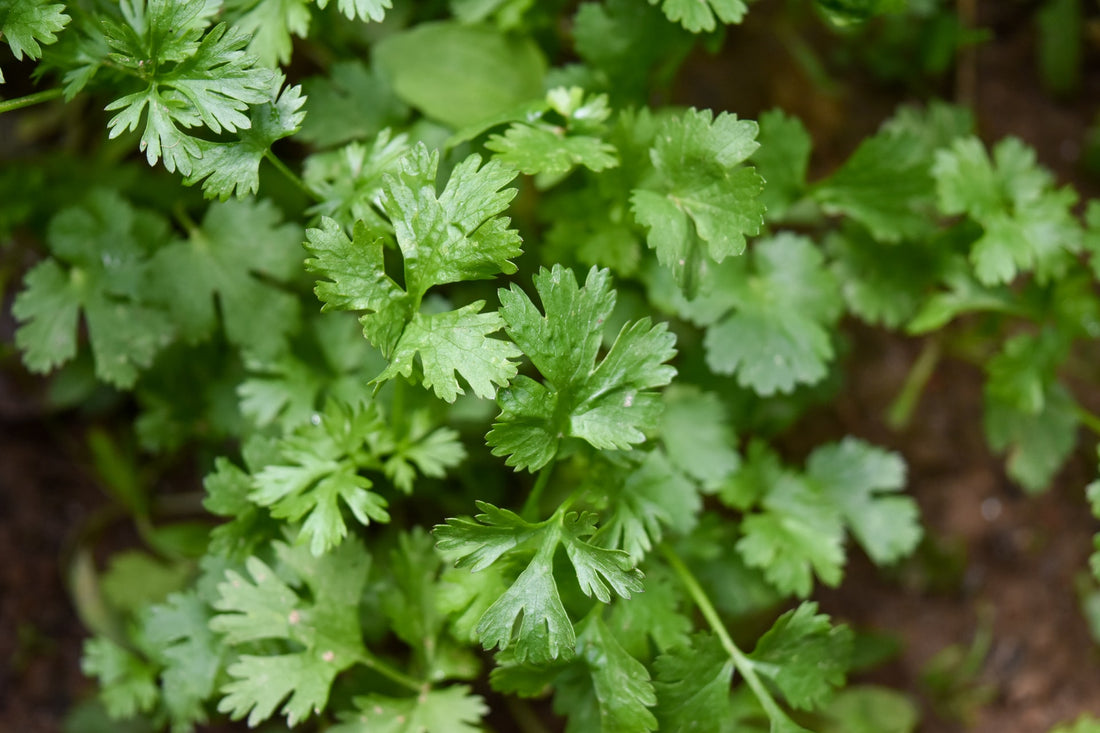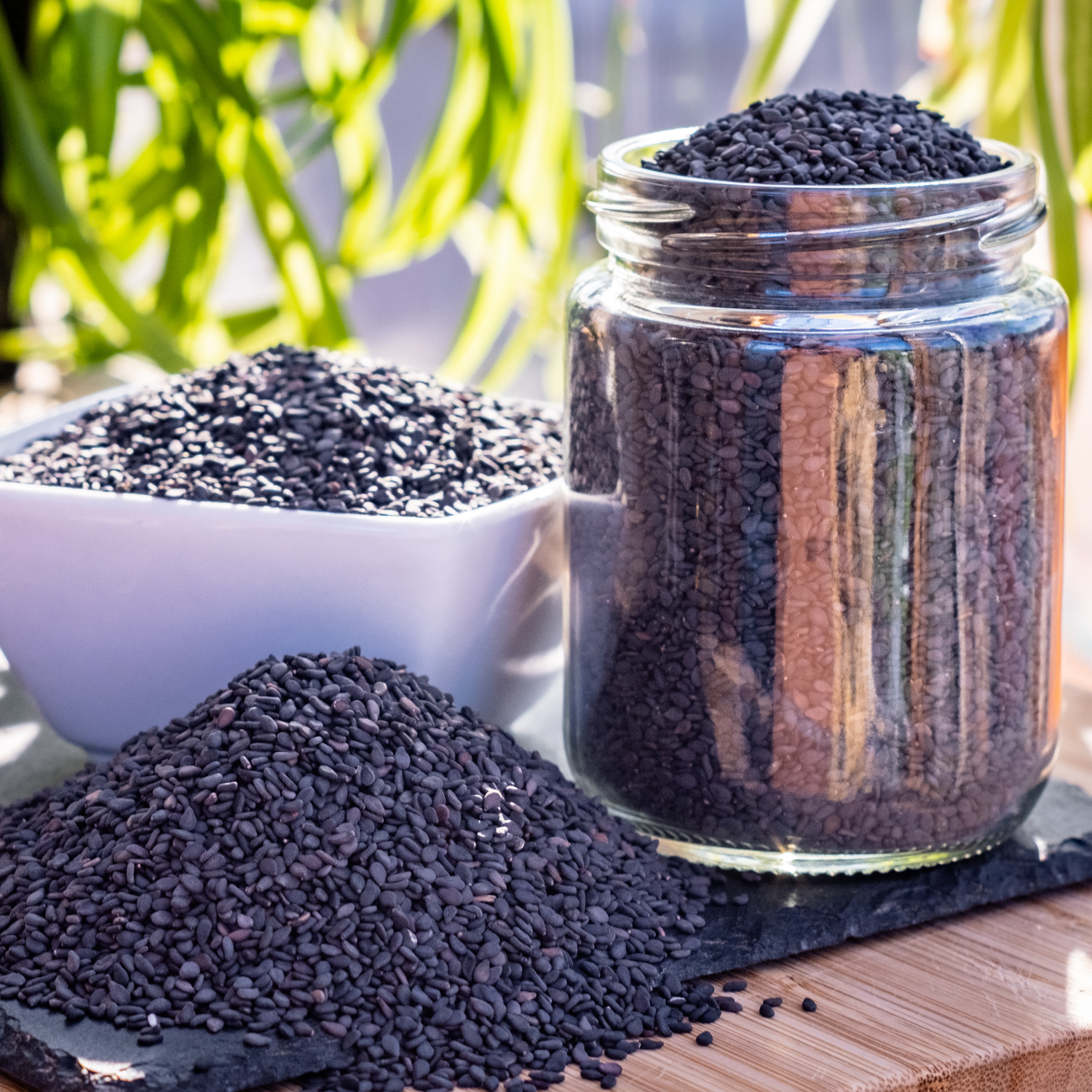
Coriander
Share
The Coriandrum sativum plant actually produces both a herb and a spice. Coriander leaves are often referred to in North America as “cilantro” and as “Chinese parsley” in Asian cuisines, while the seeds constitute the spice called coriander. The leaves and the seeds have entirely different flavours, and are not interchangeable.
Coriandrum sativum is native to the Mediterranean and the Middle East. Coriander has been discovered in ruins dating from 5,000 B.C., and legend has it that coriander was used to perfume the gardens of Babylon 3,000 years ago.
In the ancient Mediterranean empires, coriander had medicinal, culinary, and perhaps ritual purposes. Coriander grew wild in the Nile region, and the ancient Egyptians infused their wine with coriander (and garlic) and included coriander in many dishes. They also added coriander to lukewarm baths to ease fevers. Coriander was apparently also offered to the pharaohs in death, as some was unearthed in the tomb of Egyptian Pharaoh Tutankhamun. The Israelites also used coriander. It was a common addition to the Passover table, and is mentioned in the Book of Exodus in comparison to manna: “And the House of Israel called the name of manna; and it was like the coriander seed, white.” The ancient Greek physician Hippocrates recommended coriander as a medicine, and the ancient Greeks also used coriander for the more frivolous purposes of perfume and weight loss. Pliny of ancient Rome praised the coriander grown in Egypt, saying that “the best coriander, as is generally agreed, is the Egyptian.” The best for what? Well, Pliny informs us that coriander could help heal sores, relieve cholera, and expel intestinal parasites. The Romans also loved coriander as a culinary spice, using it to flavor bread as well as in other dishes.
The Romans brought coriander as far west as Britain, where it was used as a spice and as a meat preservative. Whether or not the coriander actually helped preserve the meat or simply helped to mask the taste of rot is anyone’s guess. The spice was beloved in medieval Europe. Banquet guests were often offered sugar-coated coriander seeds after meals. In France, coriander oil was used to make Eau de Carnes, which was used as both a liquor and a cologne.
As European colonists invaded the world, coriander travelled with them, arriving in the Americas in the 1600s. Coriander found a new home in the New World, and is now integral to American Southwestern, Mexican, and Latin American cuisines. It remains popular in Europe as an ingredient in sausages and some Scandanavian pastries, and is occasionally used in the brewing of certain beers.
Coriander is extremely prominent in Indian cooking. It is a key ingredient in garam masala and other Indian spice blends. Coriander’s warm, nutty, citrus flavor is robust enough to stand beside the other bold spices, such as cumin, that give Indian dishes their marvelous flavour. In eastern Asia, coriander leaves and roots are perhaps more commonly used; however, coriander seeds are a frequent ingredient in Thai curries.
In Ayurvedic medicine, coriander is used to aid digestion. Traditional Chinese medicine uses coriander to soothe nausea, hernias, measles, toothaches, dysentery, and piles. Iranian folk medicine recommends coriander for anxiety and insomnia.
Vanillablossom carries whole coriander seed from India. Whole coriander seeds should be toasted in a hot saucepan and kept moving to prevent burning. Then, they can be ground with a mortar and pestle or in a spice grinder. A less time consuming alternative is Vanillablossom’s ground coriander.

